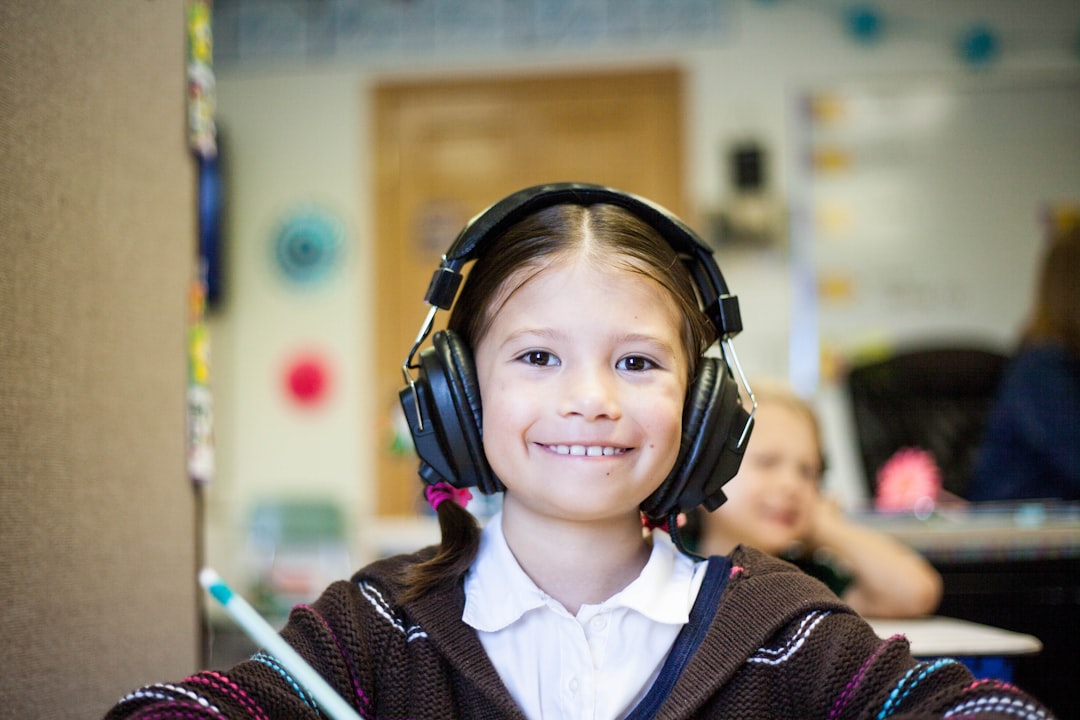What is it about?
A growing number of students in the US learn English as a second language because they speak a language other than English at home. This study tested the proficiency of bilingual students enrolled in a US college in their two languages, English and Spanish. The results showed that balanced bilinguals, those who had similar proficiency in their two languages, scored significantly lower in English vocabulary knowledge than the general population. English-dominant bilinguals, on the other hand, were closer to the population mean. In contrast to vocabulary knowledge, bilingual participants scored around the population mean in verbal reasoning ability.
Featured Image
Why is it important?
The bilingual participants in this study had received most of their schooling in the USA and were currently enrolled at competitive universities and yet their vocabulary knowledge was significantly lower than that of their monolingual peers. This suggests that even through years of exposure the vocabulary gap observed in young bilingual children does not narrow. One reason may be that bilinguals divide their time between two languages.
Read the Original
This page is a summary of: Home and Community Language Proficiency in Spanish–English Early Bilingual University Students, Journal of Speech Language and Hearing Research, October 2017, American Speech-Language-Hearing Association (ASHA),
DOI: 10.1044/2017_jslhr-l-16-0341.
You can read the full text:
Contributors
The following have contributed to this page










